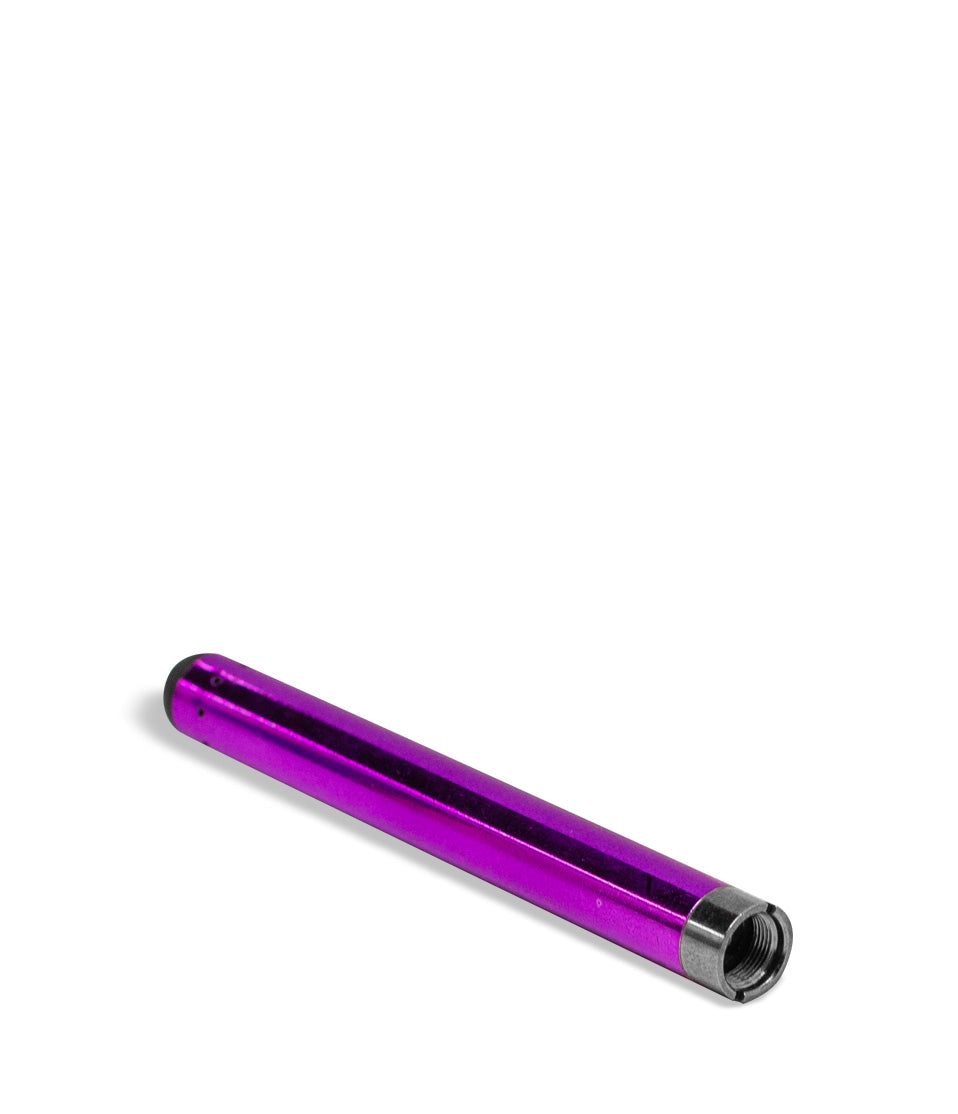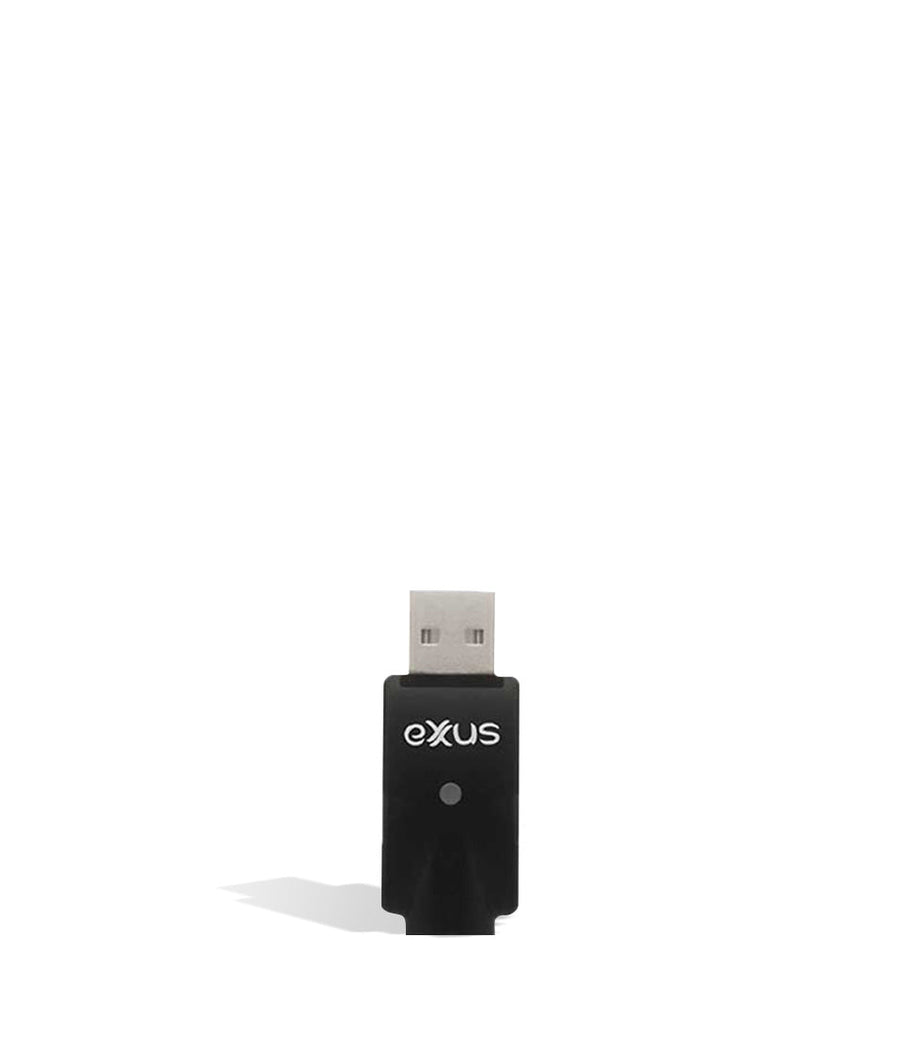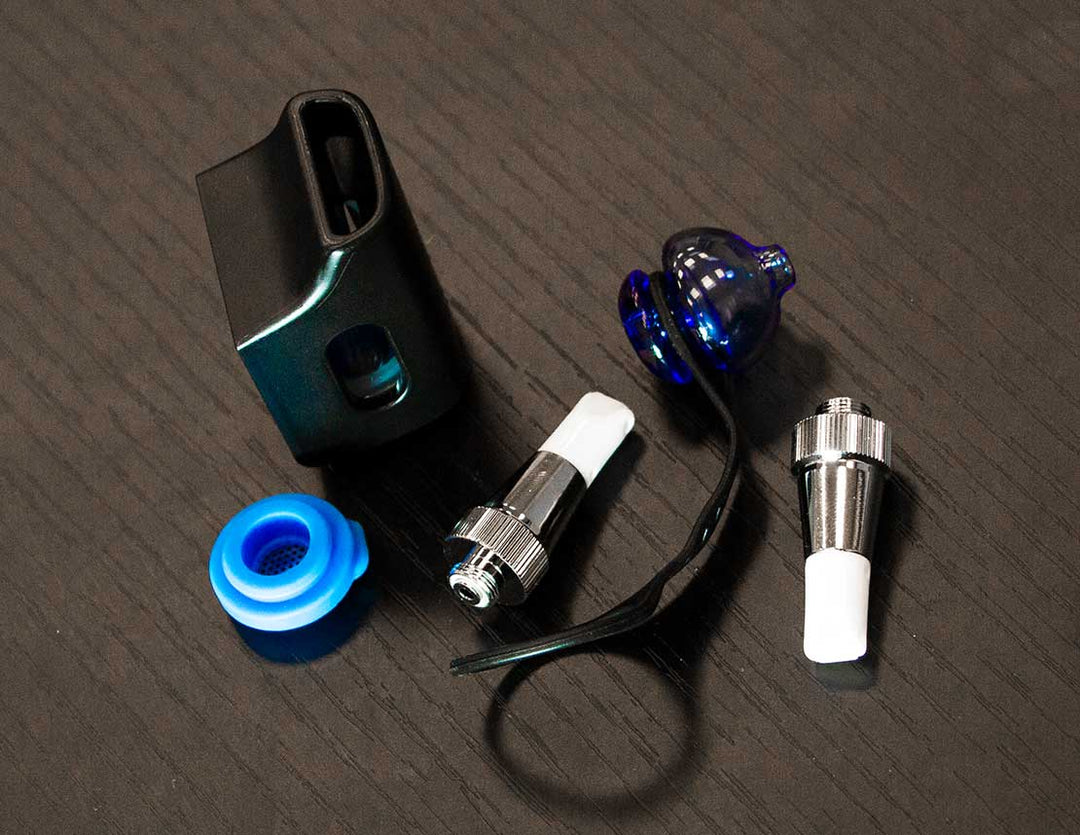Debunking Common Vaping Myths

Debunking 10 Common Vaping Myths
How do you know which myths to believe with a grain of salt and which ones to call out as false? We’re going to help you out. The following are 10 common myths about vaping and why they’re not true.
1. Vaping will lead to cigarette smoking among teens
Many opponents of vaping speak of how vaping will lead teenagers to smoke actual cigarettes later. Actually, the CDC itself has debunked this myth. The Centers for Disease Control confirmed that increased use of e-cigs in teens did not translate to an increase in smoking rates.
2. E-liquids contain chemicals like formaldehyde and ethylene glycol (antifreeze)
Nope. Read your e-juice bottle. The common components in e-juice are vegetable glycol (VG) and propylene glycol, flavorings, and at times, nicotine. The formaldehyde myth comes from a “study” where the vaporizer was allowed to run so hot that it burned the liquid and produced the chemical, which is a highly-uncommon occurrence among vapers.
3. Second-hand vapor contains the same amount of nicotine as regular cigarettes
Another myth is debunked, this time by a tobacco company. Lorillard Tobacco Company compared the level of carcinogens and nicotine in second-hand cigarette smoke to the level of carcinogens and nicotine in second-hand e-cigarette vapor. The study found that exhaled vapor contained the same number of carcinogens as ambient air. The levels of nicotine in vapor were negligible.
4. Vapes are suitable only for experienced users
False. From pen style devices to the more intricate mods, most vapes are easy to use, even for a beginner. The only exception is mechanical mods and custom or self-built coils, which do require intimate knowledge of how a vaporizer works, battery needs, and Ohm’s law.
5. Vaping doesn’t help people quit smoking
False. In fact, many vapers have successfully at least cut back, if not completely quit smoking traditional cigarettes. In a survey of 2,000 current and former smokers, 92% reported that an e-cigarette helped them to quit. Another study showed among former smokers, 76% were using e-cigarettes daily. Of those, 98% were still using vapes after one month and 89% after one year. Only 6% had relapsed to smoking after a month and 6% relapsed after one year.
6. Vaping is harmful
There are currently many worldwide studies being conducted worldwide on the safety of vaping. Pro Health England, which is an agency of the Department of Health in the United Kingdom, said that e-cigarettes are up to 95% less harmful than cigarettes. The problem lies in that many of the pro-vaping studies do not get the same media attention as those linking it to harm.
7. Vaping is more expensive than cigarette smoking
Again, this is another myth that can be proven false by simply doing the math. With cigarette prices varying from state to state and brand to brand, it is hard to calculate just how much cheaper vaping is than traditional cigarettes. In fact, some websites have calculators that can show you how much you’re saving and there are even apps for your smartphone dedicated to calculating your savings by vaping versus smoking.
8. E-cigarettes are not regulated
Actually, this one was true… until last year. The U.S. Food and Drug Administration has since come up with a long list of regulations for the manufacturers of vapes and vape juice to follow. This has almost assured that those manufacturing vape products are giving us quality devices and juices.
9. Vaping causes weight gain
Again, this is another myth that many smokers use as an ‘excuse’ to keep from quitting. While many people associate smoking cessation with weight gain – usually due to many smokers consuming more to keep their mouths “busy,” the weight gain that accompanies smoking cessation cannot be attributed to vaping any more than it can be attributed to using nicotine gum or the patch.
10. E-cigarettes and analog cigarettes are the same
Nope. “Analog” cigarettes refer to traditional paper and tobacco rolled cigarettes. E-cigarettes are an electronic device that heats either an oil, a dry herb, or an e-juice until it produces a vapor, which is then inhaled.
These are just a few of the most common myths circulating about vaping. We hope that this has debunked a good bit of the misinformation that is floating around out there.













